Older Americans living alone often rely on neighbors or others willing to help
Published in Lifestyles
Donald Hammen, 80, and his longtime next-door neighbor in south Minneapolis, Julie McMahon, have an understanding. Every morning, she checks to see whether he’s raised the blinds in his dining room window. If not, she’ll call Hammen or let herself into his house to see what’s going on.
Should McMahon find Hammen in a bad way, she plans to contact his sister-in-law, who lives in a suburb of Des Moines. That’s his closest relative. Hammen never married or had children, and his younger brother died in 2022.
Although Hammen lives alone, a web of relationships binds him to his city and his community — neighbors, friends, former co-workers, fellow volunteers with an advocacy group for seniors, and fellow members of a group of solo agers. McMahon is an emergency contact, as is a former co-worker. When Hammen was hit by a car in February 2019, another neighbor did his laundry. A friend came over to keep him company. Other people went on walks with Hammen as he got back on his feet.
Those connections are certainly sustaining. Yet Hammen has no idea who might care for him should he become unable to care for himself.
“I’ll cross that bridge when I come to it,” he told me.
These are fundamental questions for older adults who live alone: Who will be there for them, for matters large and small? Who will help them navigate the ever more complex health care system and advocate on their behalf? Who will take out the garbage if it becomes too difficult to carry? Who will shovel the snow if a winter storm blows through?
American society rests on an assumption that families take care of their own. But 15 million Americans 50 and older didn’t have any close family — spouses, partners, or children — in 2015, the latest year for which reliable estimates are available. Most lived alone. By 2060, that number is expected to swell to 21 million.
Beyond that, millions of seniors living on their own aren’t geographically close to adult children or other family members. Or they have difficult, strained relationships that keep them from asking for support.
These older adults must seek assistance from other quarters when they need it. Often they turn to neighbors, friends, church members, or community groups — or paid help, if they can afford it.
And often, they simply go without, leaving them vulnerable to isolation, depression, and deteriorating health.
When seniors living alone have no close family, can nonfamily helpers be an adequate substitute? This hasn’t been well studied.
“We’re just beginning to do a better job of understanding that people have a multiplicity of connections outside their families that are essential to their well-being,” said Sarah Patterson, a demographer and sociologist at the Institute for Social Research at the University of Michigan.
The takeaway from a noteworthy study published by researchers at Emory University, Johns Hopkins University, and the Icahn School of Medicine at Mount Sinai was this: Many seniors adapt to living solo by weaving together local social networks of friends, neighbors, nieces and nephews, and siblings (if they’re available) to support their independence.
Still, finding reliable local connections isn’t always easy. And nonfamily helpers may not be willing or able to provide consistent, intense hands-on care if that becomes necessary.
When AARP surveyed people it calls “solo agers” in 2022, only 25% said they could count on someone to help them cook, clean, get groceries, or perform other household tasks if needed. Just 38% said they knew someone who could help manage ongoing care needs. (AARP defined solo agers as people 50 and older who aren’t married, don’t have living children, and live alone.)
Linda Camp, 73, a former administrator with the city of St. Paul, Minnesota, who never married or had children, has written several reports for the Citizens League in St. Paul about growing old alone. Yet she was still surprised by how much help she required this summer when she had cataract surgery on both eyes.
A former co-worker accompanied Camp to the surgery center twice and waited there until the procedures were finished. A relatively new friend took her to a follow-up appointment. An 81-year-old downstairs neighbor agreed to come up if Camp needed something. Other friends and neighbors also chipped in.
Camp was fortunate — she has a sizable network of former co-workers, neighbors, and friends. “What I tell people when I talk about solos is all kinds of connections have value,” she said.
Michelle Wallace, 75, a former technology project manager, lives alone in a single-family home in Broomfield, Colorado. She has worked hard to assemble a local network of support. Wallace has been divorced for nearly three decades and doesn’t have children. Though she has two sisters and a brother, they live far away.
Wallace describes herself as happily unpartnered. “Coupling isn’t for me,” she told me when we first talked. “I need my space and my privacy too much.”
Instead, she’s cultivated relationships with several people she met through local groups for solo agers. Many have become her close friends. Two of them, both in their 70s, are “like sisters,” Wallace said. Another, who lives just a few blocks away, has agreed to become a “we’ll help each other out when needed” partner.
“In our 70s, solo agers are looking for support systems. And the scariest thing is not having friends close by,” Wallace told me. “It’s the local network that’s really important.”
Gardner Stern, 96, who lives alone on the 24th floor of the Carl Sandburg Village condominium complex just north of downtown Chicago, has been far less deliberate. He never planned for his care needs in older age. He just figured things would work out.
They have, but not as Stern predicted.
The person who helps him the most is his third wife, Jobie Stern, 75. The couple went through an acrimonious divorce in 1985, but now she goes to all his doctor appointments, takes him grocery shopping, drives him to physical therapy twice a week and stops in every afternoon to chat for about an hour.
She’s also Gardner’s neighbor — she lives 10 floors above him in the same building.
Why does she do it? “I guess because I moved into the building and he’s very old and he’s a really good guy and we have a child together,” she told me. “I get happiness knowing he’s doing as well as possible.”
Over many years, she said, she and Gardner have put their differences aside.
“Never would I have expected this of Jobie,” Gardner told me. “I guess time heals all wounds.”
Gardner’s other main local connections are Joy Loverde, 72, an author of elder-care books, and her 79-year-old husband, who live on the 28th floor. Gardner calls Loverde his “tell it like it is” friend — the one who helped him decide it was time to stop driving, the one who persuaded him to have a walk-in shower with a bench installed in his bathroom, the one who plays Scrabble with him every week and offers practical advice whenever he has a problem.
“I think I would be in an assisted living facility without her,” Gardner said.
There’s also family: four children, all based in Los Angeles, eight grandchildren, mostly in L.A., and nine great-grandchildren. Gardner sees most of this extended clan about once a year and speaks to them often, but he can’t depend on them for his day-to-day needs.
For that, Loverde and Jobie are an elevator ride away. “I’ve got these wonderful people who are monitoring my existence, and a big-screen TV, and a freezer full of good frozen dinners,” Gardner said. “It’s all that I need.”
____
As I explore the lives of older adults living alone in the next several months, I’m eager to hear from people who are in this situation. If you’d like to share your stories, please send them to khn.navigatingaging@gmail.com.
©2024 KFF Health News. Distributed by Tribune Content Agency, LLC.
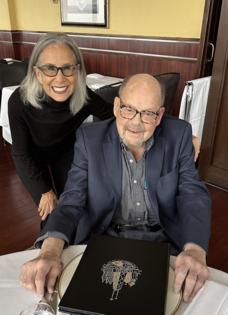
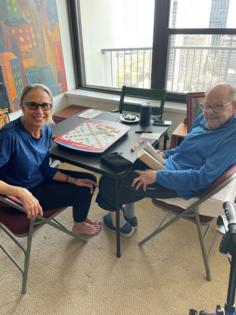
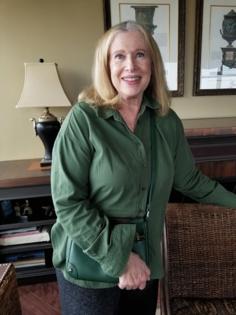
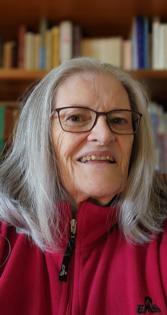









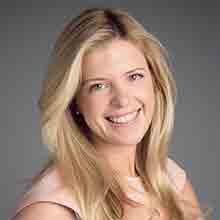

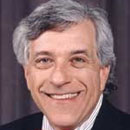

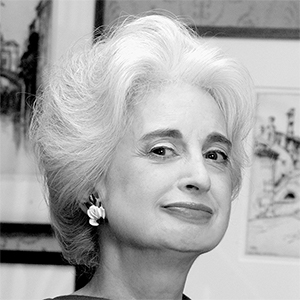
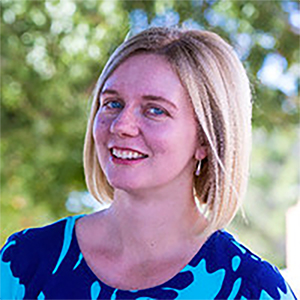
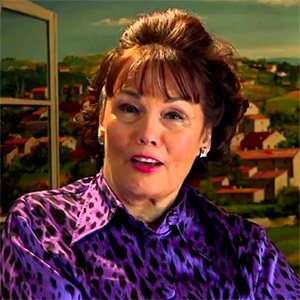




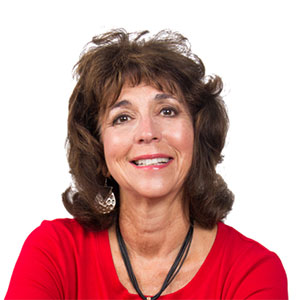






Comments